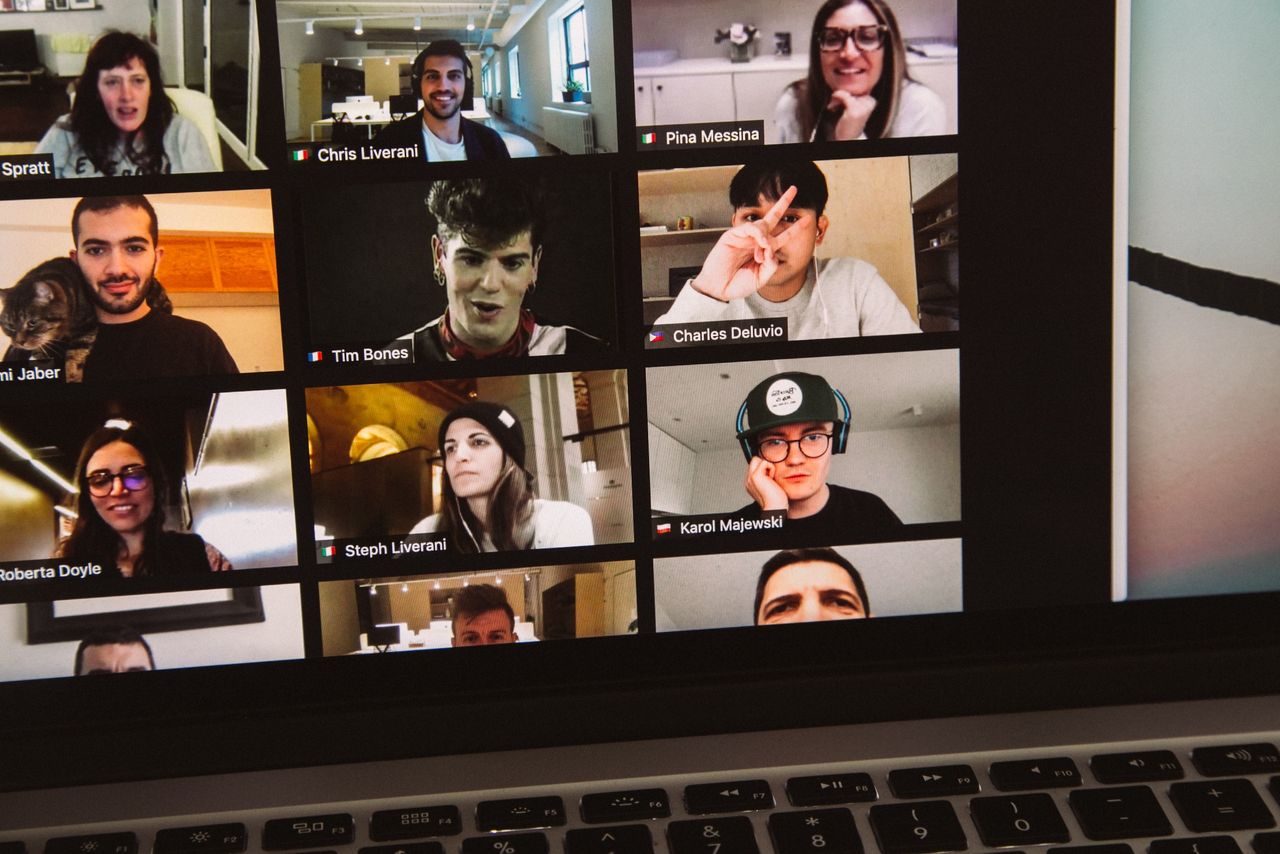
“It felt like, despite all the communication they had daily, they weren’t talking about the right things. I presented some potential issues but suggested we ask what everyone else thinks. The response was epic.”
As an IT consultant who has spent years facilitating retros, I learned a lot once I began trying remote retrospectives.
That learning began with running a remote retrospective for a group of people who all worked in different cities and had never done one before. On top of that, it was an old-fashioned waterfall project.
A business lead pulled me aside after I facilitated a planning workshop. She had heard stories of this new agile initiative at her company and wanted to see it in action.
She explained the project she was working on was not set up to run in an agile framework but wondered if there were bits of goodness we could pull from my workshop to help her project get planned out. So I agreed to help.
The planning workshop went off well, and the plan backed them into a more iterative approach. Leadership was hopeful about the plan but was nervous about the execution piece. Keep in mind I was just brought in for the workshop.
A month in, things were already headed off the rails. Deliverables were slipping and the business couldn’t get any transparency into what the teams were doing from week to week. This was despite the fact that there were multiple daily status meetings.
I was approached again and asked for my opinion. To me, it felt that despite all the communication they had daily they weren’t talking about the right things. I presented some potential issues but suggested we ask what everyone else thinks. The response was epic.
Like a retrospective? But we don’t use Agile for this project?
This company is global, and the people I was asking to get together for a chat every two weeks were in more time zones than I wanted to count. No way they would get on a plane for this. And I’m a much better facilitator in person than on the phone. So what did I learn?
I’ve been able to be lazy and get away with keeping the camera off on my laptop in many meetings. Occasionally there are bandwidth issues, but after a couple of remote retrospectives, I learned this was one of the most important things to push for.
When delving into sensitive topics on teams that may generate conflict, you’re far more likely to end up with a civil and productive conversation if you can just look at each other, even on a screen.
It also allows for more moments of friendly banter and collaboration. If I’m working from home that day and someone sees one of my kids’ paintings on the wall it’s a moment of connection we would have never had just keeping it on the phone only.
Seeing each other smile and laugh makes retros less intense, which we definitely need at times.
When facilitating retros in person, giving the team time to write down topics on stickies is such a helpful part of the event. On the phone, though, it’s not as transparent of an experience. People can check mail, instant message colleagues, or walk away and do a number of other unrelated activities during time set aside for thinking.
There were some weeks that giving the team 10 minutes of silence was definitely necessary. The online tool we used allowed for non-verbal interaction easily enough, and the more challenges they had, the more stickies there were.
During other weeks however, silence just gave them a chance to disengage and do something else.
This was an opportunity for me to encourage more ideas from the team by commenting on what had been posted already. Could these two ideas be combined and restated? Was there a piece of one topic that could be broken down further? Can this person clarify their idea even though we aren’t done adding topics?
We all need a nudge from time to time, and the more opportunities they have to disengage the harder I had to work to keep them focused. Rather than put it all on them, I challenged myself to not sit back and let them fail. Just when I felt we would end with no real topics to discuss, we would find some nugget in conversation.
I don’t think it would have been uncovered if I kept silent.
Having to take meeting minutes and then send them out to people I know weren’t paying attention would drive me absolutely insane. As such, I’m not a fan of sending meeting notes after we have adjourned.
In this instance, though, it’s crucial to end the retro with the items we discussed and what we agreed to try afterward.
My experience facilitating retrospectives over the years is the event sticks around longer in the team’s memory if you are all together interacting around physical notes. The tactile activity of writing and moving stickies makes the memory more tangible.